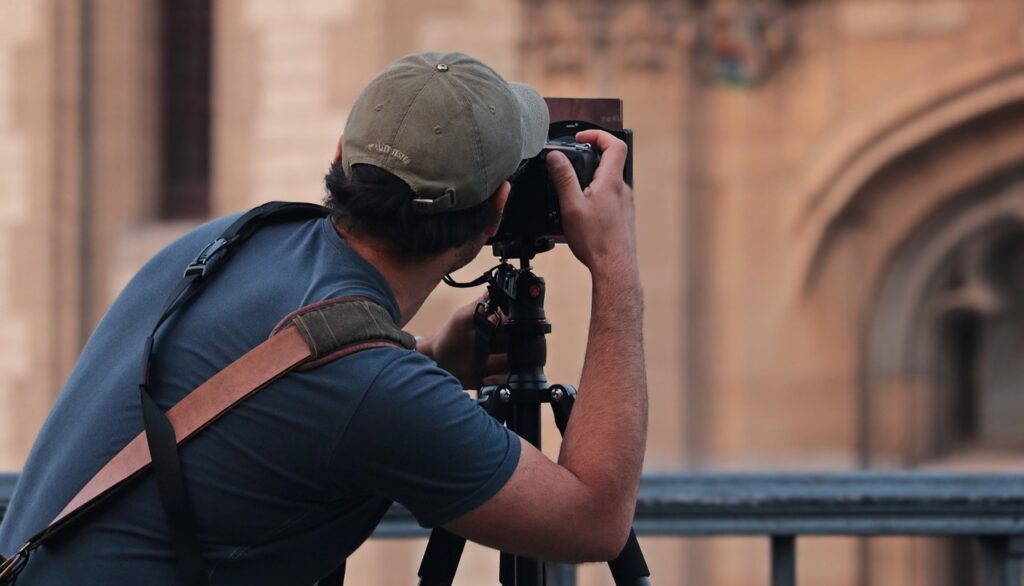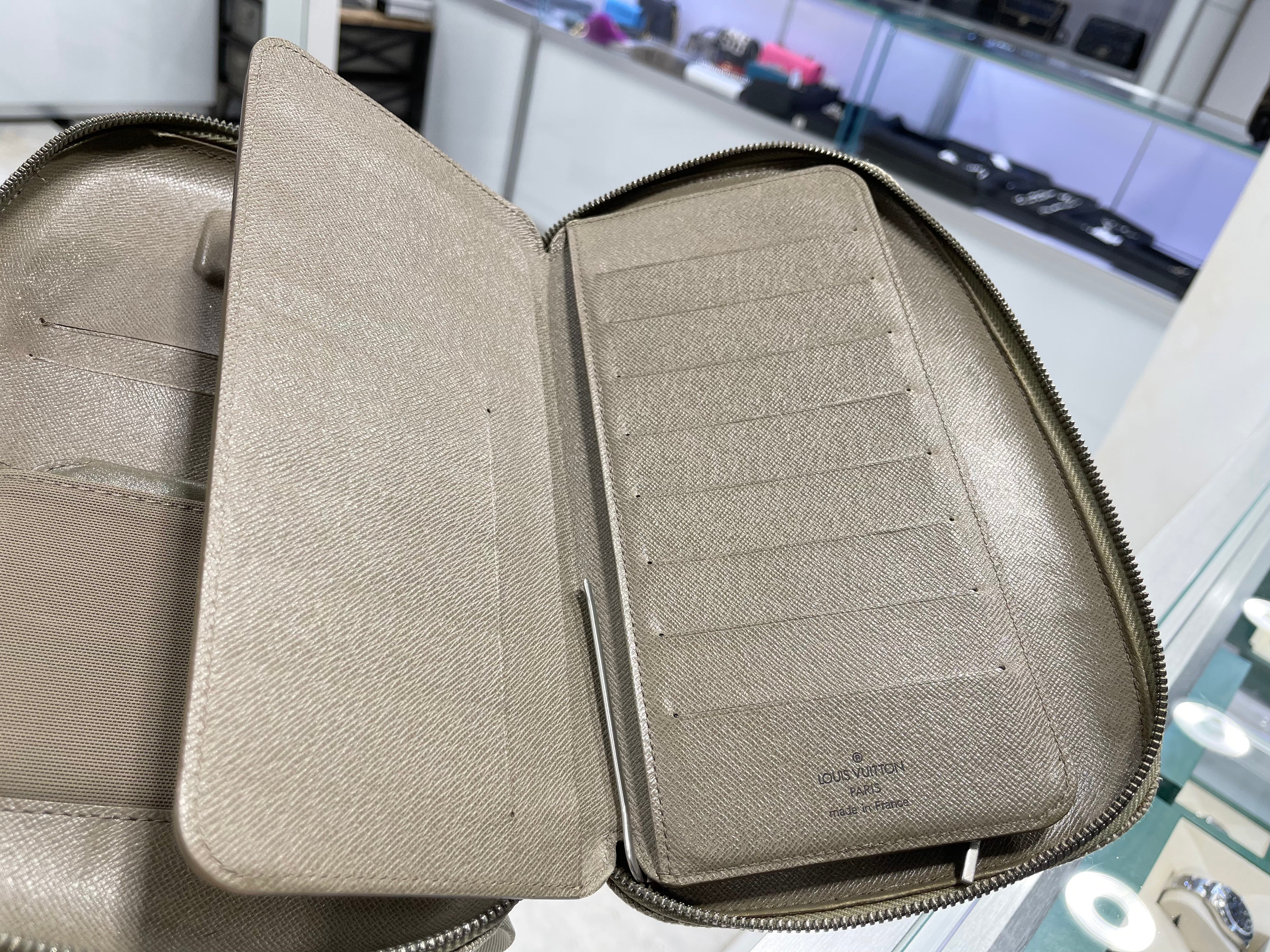In a world where digital content flows as freely as water, the lines between sharing, borrowing, and outright theft can often blur. For creatives, particularly photographers, this digital landscape offers both vast opportunities and significant challenges. The tale of a photographer who discovered their work being used without permission on a state’s travel guide is a testament to the complexities of copyright law in the internet age. This story, which starts with an unexpected discovery and ends with a satisfying resolution, showcases the importance of understanding your rights and knowing how to assert them effectively.
The Unexpected Discovery
When the photographer initially found their photo adorning a state’s printed travel guide, a mix of pride and perplexity ensued. Pride, because their work was deemed worthy of promoting a destination; perplexity, because no formal permission had been granted for this use. The photographer had indeed allowed the state to “share” the image in response to a comment on Instagram, but this casual exchange did not equate to consent for publication in a commercial product. This scenario underscores a common misconception in the digital realm: the difference between sharing content on social media and granting rights for commercial use.
Professionalism and Assertion of Rights
Responding with professionalism and a clear understanding of their rights, the photographer reached out to the state’s representatives. They proposed a solution that was both fair and forward-looking: offering the state the opportunity to purchase the usage rights to the image. The photographer’s approach was courteous yet assertive, emphasizing the value of their work and suggesting a partnership rather than a confrontation. This strategy not only resolved the immediate issue but also opened the door for future collaborations, demonstrating the power of positive communication in resolving copyright disputes.
A Satisfactory Resolution
The state’s acceptance of the invoice for the disputed image, and their appreciation of the photographer’s portfolio, highlight an important lesson for all photographers: your work has value, and you have the right to control how it is used. This story is a reminder that, while mistakes can happen, they can also be rectified in a way that benefits all parties involved. It’s a win for the photographer, who receives recognition and compensation for their work, and for the state, which gains access to quality images for its marketing efforts.
Broader Challenges and Practical Steps
This case also brings to light the broader challenges photographers face in protecting their copyright in the digital age. The internet is awash with images, making it all too easy for content to be used without proper authorization. Photographers must be vigilant in monitoring how their work is used and be prepared to take action when necessary. From sending polite requests for compensation to issuing DMCA takedown notices, there are various strategies at one’s disposal. However, the effectiveness of these approaches depends on a solid understanding of copyright law and the specifics of each situation.
At the heart of copyright law is the principle that the creator of a work immediately holds the copyright upon creation. This means that the moment you click the shutter on your camera, you essentially stamp your ownership on the resulting image. The confusion often arises when others, be it individuals or entities, use your work without explicit permission. This scenario underscores the importance of explicit communication and formal agreements, especially in an era where a simple ‘share’ on social media is often misconstrued as consent for broader use.
Taking Action: Verification and Communication
The first practical step is to verify that the photograph is indeed yours and that its use has not been authorized under any conditions you might have agreed to, such as a Creative Commons license or a social media share that went beyond your intentions. Documentation is critical; if your work appears on an unauthorized platform, taking screenshots and keeping records is essential for any potential legal action. This initial verification process serves as the groundwork for any steps you may decide to take later.

Once you have established the unauthorized use, you have several paths you could follow. Doing nothing is an option, especially if the use benefits you in some way, such as through attribution that drives traffic to your website. However, if you decide that action is necessary, contacting the infringer to request changes or compensation is a polite yet firm first step. This approach aims to resolve the issue amicably while asserting your rights.
Legal Tools and Professional Guidance
If a resolution cannot be reached through direct communication, issuing a DMCA takedown notice is a powerful tool at your disposal. This act protects online service providers from copyright liability, provided they remove infringing material upon receiving proper notice. Learning how to issue such a notice can be an effective measure in compelling platforms to remove unauthorized uses of your work.
In more extreme cases, where your image is used in a way that violates your rights to privacy, publicity, or is defamatory, legal action may be necessary. Understanding when and how your rights are infringed upon is crucial. For instance, if your image is used for commercial purposes without your permission, this likely violates your right of publicity. Similarly, if the use of your photo invades your privacy or defames you, these are grounds for taking legal action against the infringer.
Reaching out to a legal professional can provide clarity and direction. An attorney experienced in copyright law can offer advice tailored to your specific situation, whether it involves negotiation, issuing a takedown notice, or pursuing litigation. This legal guidance can be invaluable in navigating the complexities of protecting your work.
The journey from discovering unauthorized use to achieving a satisfactory resolution illustrates the importance of copyright awareness and assertive yet professional communication. For photographers, it serves as a powerful lesson in valuing their work and asserting their rights. It’s a narrative that underscores the importance of standing up for one’s creative output, ensuring that it is used in a manner that respects both its artistic and commercial value. The digital age has brought about unprecedented challenges for copyright holders, but stories like this show that with the right knowledge and approach, it is possible to navigate these waters successfully and emerge victorious.
Related posts:
What Rights Do I Have for Unauthorized Use of my Photo on the Internet?
Online Photos: Taken and Posted Without Your Permission
Using a Photo on Your Website Without Permission? Picture Yourself Being Sued for Copyright Infringement.





